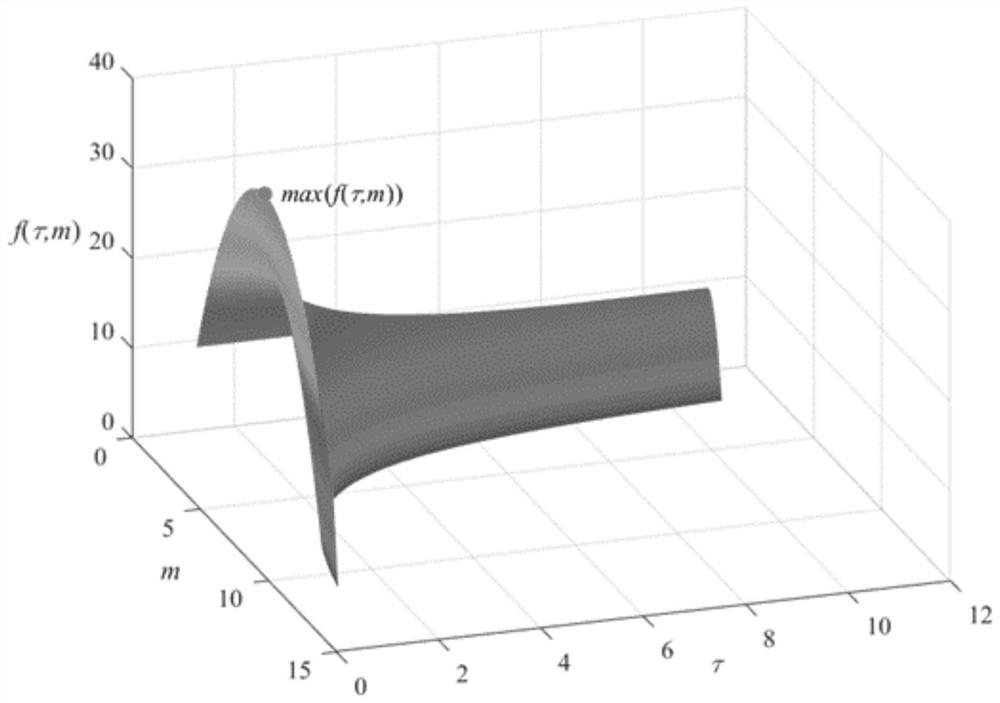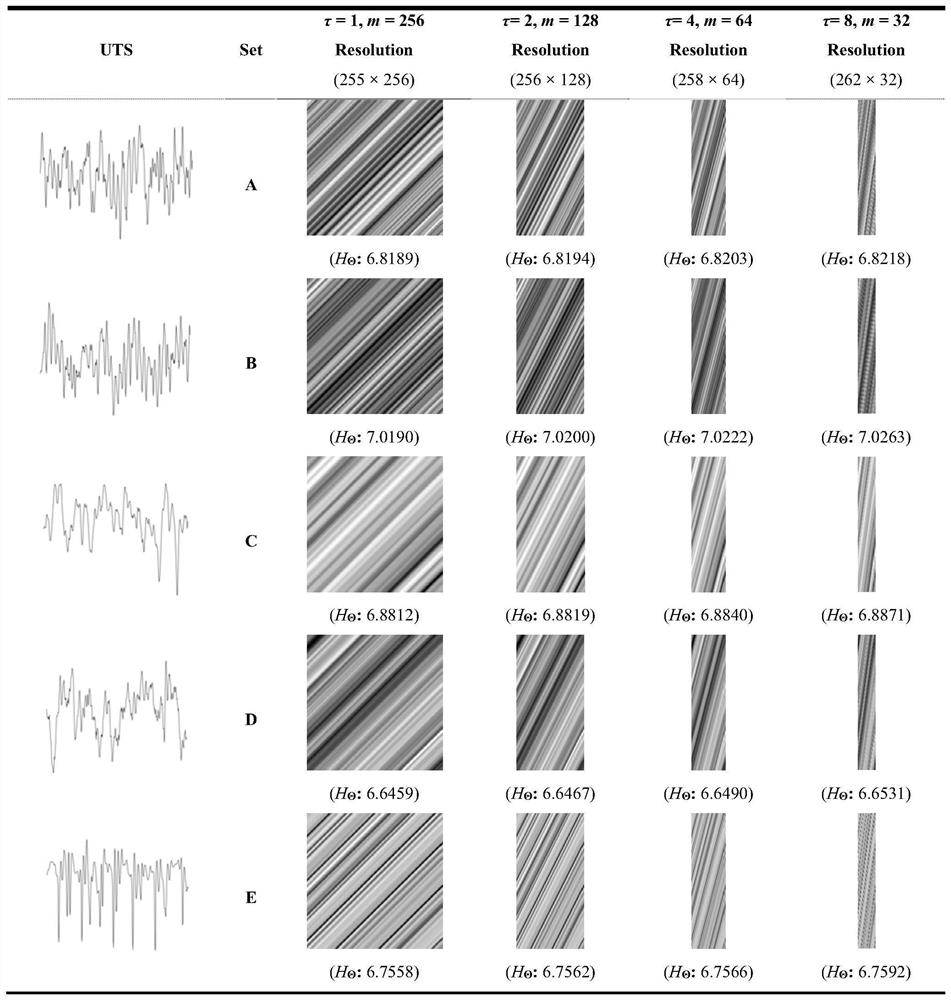Sensor data high-precision classification method based on phase space
A classification method and phase space technology, which can be applied to instruments, complex mathematical operations, biological neural network models, etc., can solve the problems of reduced classification performance and loss of original data information of RPS images, etc., to avoid information loss, achieve optimal classification performance, The effect of optimization method is simple
- Summary
- Abstract
- Description
- Claims
- Application Information
AI Technical Summary
Problems solved by technology
Method used
Image
Examples
Embodiment Construction
[0025] The present invention will be further described below in conjunction with the accompanying drawings and embodiments.
[0026] In this embodiment, the high-precision classification method for sensor data based on phase space includes the following steps:
[0027] 1) Embed the univariate time series X collected by the sensor into the m-dimensional phase space through the time-delay embedding method:
[0028] x i =[x i ,x i+τ ,...,x i+(m-1)τ ],i∈[1,L] (1)
[0029] where X=[x 1 ,x 2 ,...,x N ] T , N is the length of the univariate time series X, L=N–(m-1)τ, τ is the delay time, m is the embedding dimension, where m-1 is the number of times to embed the time series using the time delay τ, and the parameter τ and m are both positive integers, the row vector X i is a phase point in the m-dimensional phase space, also known as the time delay vector, L phase points together constitute the phase space trajectory, and its phase space trajectory matrix is:
[0030] ...
PUM
 Login to View More
Login to View More Abstract
Description
Claims
Application Information
 Login to View More
Login to View More - R&D
- Intellectual Property
- Life Sciences
- Materials
- Tech Scout
- Unparalleled Data Quality
- Higher Quality Content
- 60% Fewer Hallucinations
Browse by: Latest US Patents, China's latest patents, Technical Efficacy Thesaurus, Application Domain, Technology Topic, Popular Technical Reports.
© 2025 PatSnap. All rights reserved.Legal|Privacy policy|Modern Slavery Act Transparency Statement|Sitemap|About US| Contact US: help@patsnap.com



